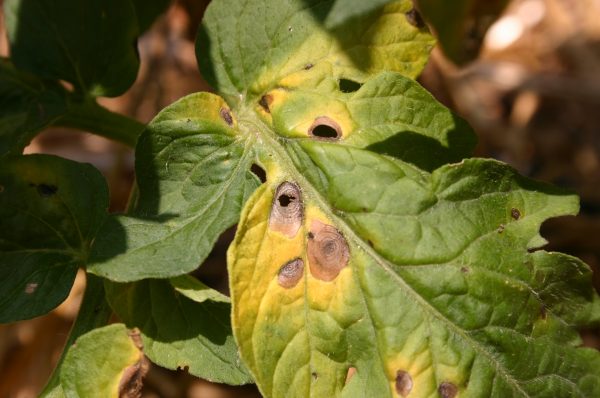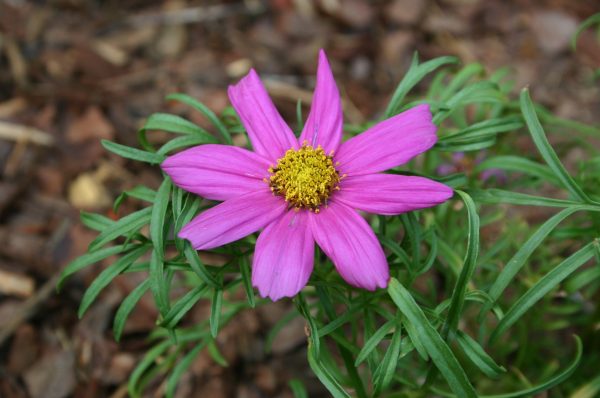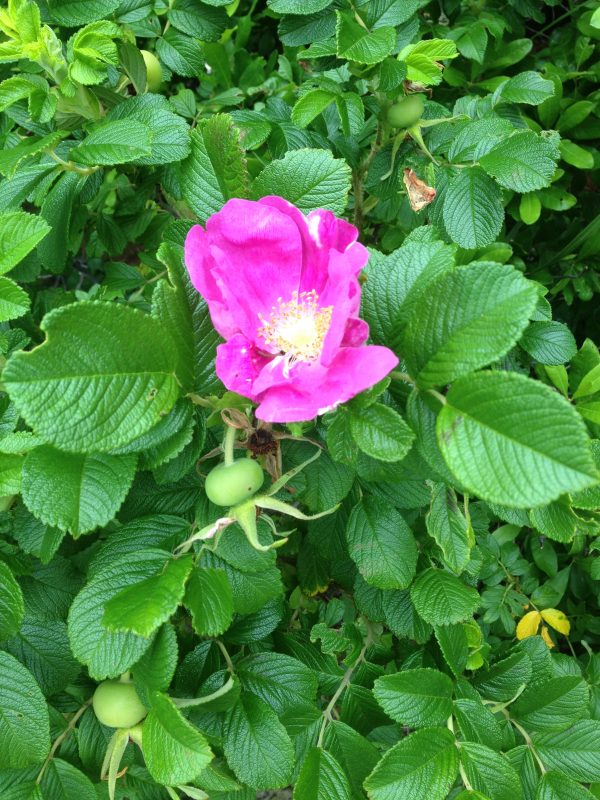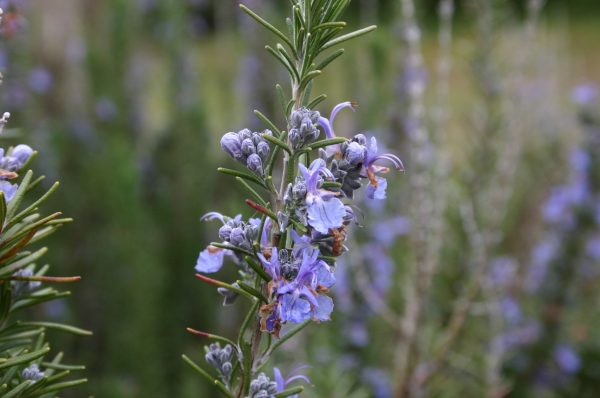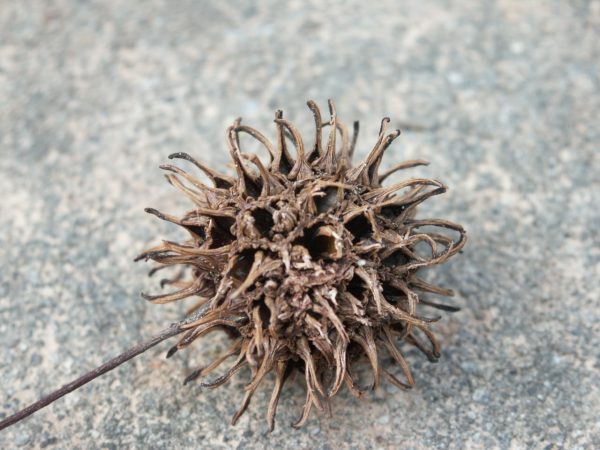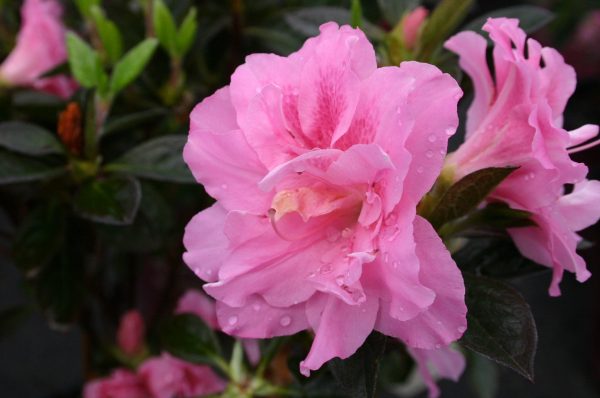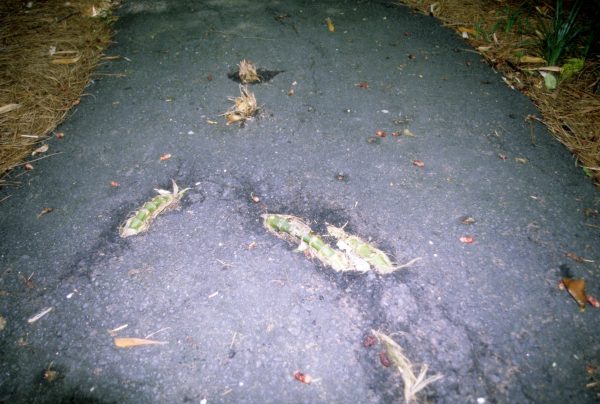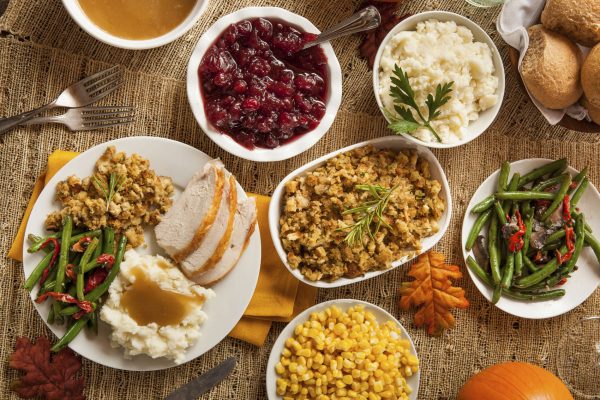Shrub – Fertilizing
It is easy to forget that shrubs, perennials and annuals need to be fed regularly during their growing season. If they were fertilized only when you planted them, the plants are starving six weeks later. Their response to low nutrients is few flowers, weak growth and more susceptibility to insects and disease.
There are two ways to fertilize: if you water the plants regularly, use a granular fertilizer like 10-10-10, applying one pint per 100 square feet of flower bed. If the plants are not watered regularly, use a water soluble fertilizer (MiracleGro, Peters, etc) and fertilize regularly according to label directions.
Fertilizing shrubs takes place two or three times each year: usually in March, May and July. Remember that fertilizing will not make up for other problems such as soil that is constantly moist or dry, or compacted or overly acid or alkaline. Check the planting site and correct any existing problems first. Older plants or where more growth is not desired may be given only a March application of fertilizer.
Remember the numbers on fertilizer refer to the percent of that nutrient. For example: 12-4-8 means 12% nitrogen, 4% phosphorous, and 8% potassium. These three numbers indicate a complete fertilizer. Slow release fertilizer are more expensive but require less time in the garden. Always follow package directions carefully.
The rate of application depends on the numbers on the package. 12-4-8 or 16-4-8 may be applied for example, to a three foot shrub at the rate of 6 teaspoons or 2 tablespoons. A shrub less than 12 inches in height receives one teaspoon of fertilizer only.
Fertilizers are sold as an 8% or 10% ratio such as 8-8-8 or 10-10-10 should be applied at the rate of one level tablespoon per each foot of height. Shrubs less than 12 inches only receive a heaping teaspoon of fertilizer.
CAUTION ABOUT FERTILIZATION: A pile of fertilizer in one spot will dissolve into the soil and burn the roots. It must be sprinkled lightly around the plant. Further suggestions:
• stay 6 inches away from main stems of the plant
• distribute fertilizer granules beyond the drip line of shrubs because the roots extend beyond the drip line.




